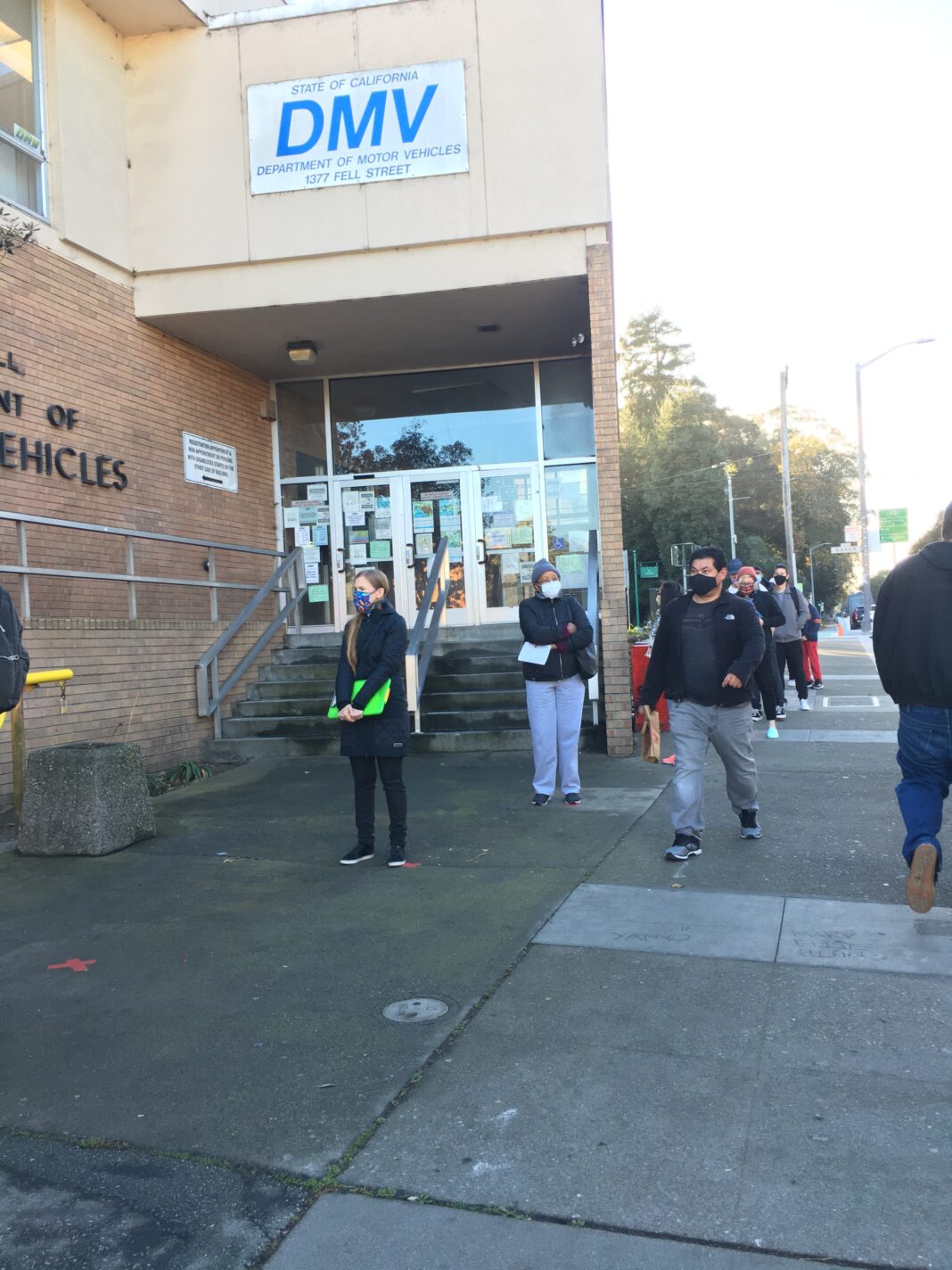SAN FRANCISCO—Due to a surge of COVID cases in San Francisco, the Department of Emergency Management implemented a curfew that banned people from gathering outdoors with people outside their households from 10 p.m. to 5 a.m.
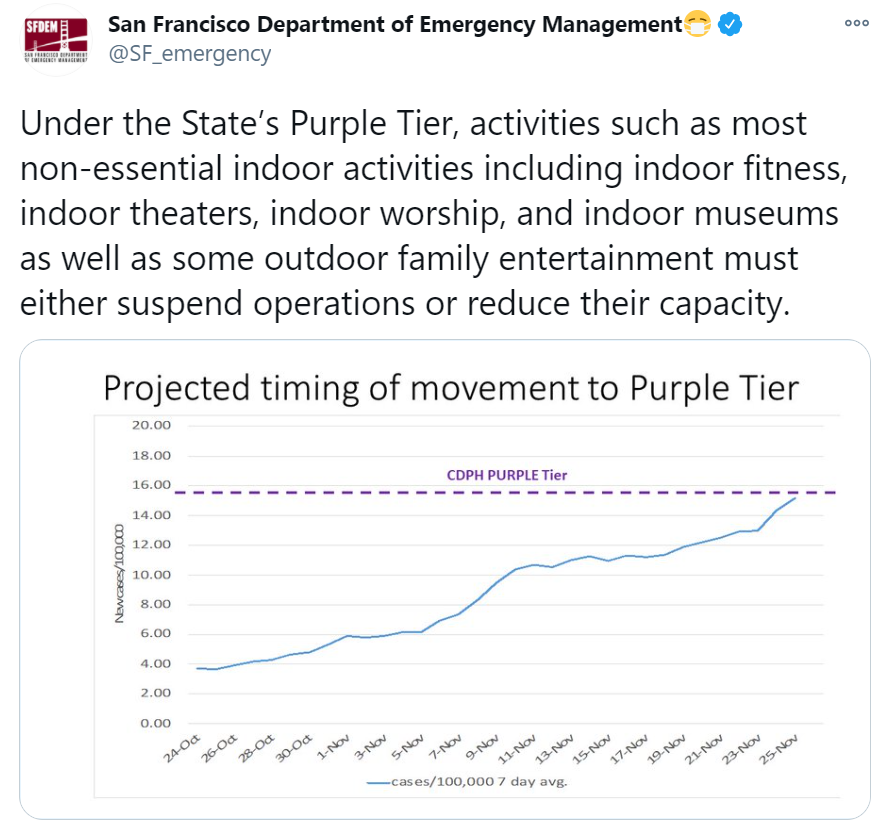
UCSF infectious disease expert Dr. Peter-Chin Hong called the rollback necessary, for San Francisco County has fallen back under the purple tier, as part of the State of California’s reopening guidelines. “The risk is really widespread right now. It’s not like in one area like indoors or nursing homes,” Hong said.
San Francisco Mayor London Breed announced that San Francisco has fallen back under the State’s most restrictive tier on November 28 via Twitter.
As part of the curfew, all activity in non-essential retail and dining must cease by 10 p.m. Public transportation is not included in the curfew.
All retail stores excluding stand-alone grocery stores must be reduced to 25% capacity. This includes pharmacies, hardware stores, and bike rental shops. Stand-alone grocery stores are permitted to operate at 50% capacity.
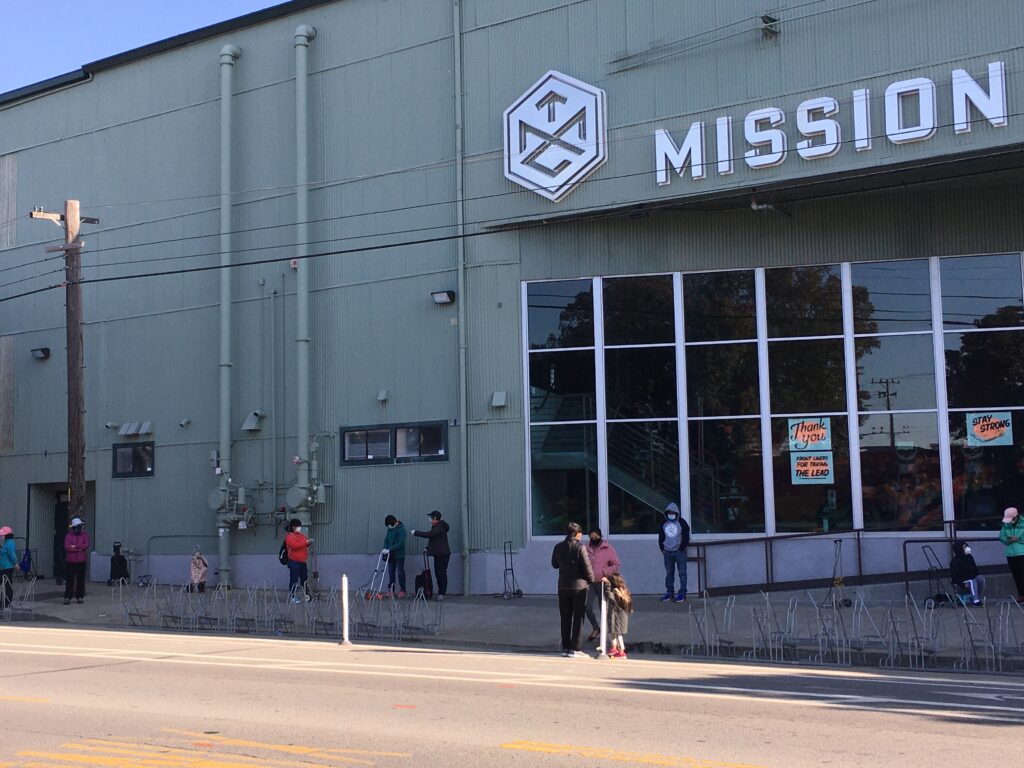
Outdoor stand-alone amusement attractions including carousels, ferris wheels, train rides, and bungee trampolines must remain closed. Outdoor sites such as playgrounds, skate parks, roller and ice rinks, batting cages, and golf courses may operate at 25% capacity.
Indoor gyms, museums, movie theaters, and houses of worship are required to close all indoor operations with the exception of various strict exceptions. Indoor gyms and churches permit activities involving only one person. However, in churches, indoor funerals of up to 12 people are permitted.
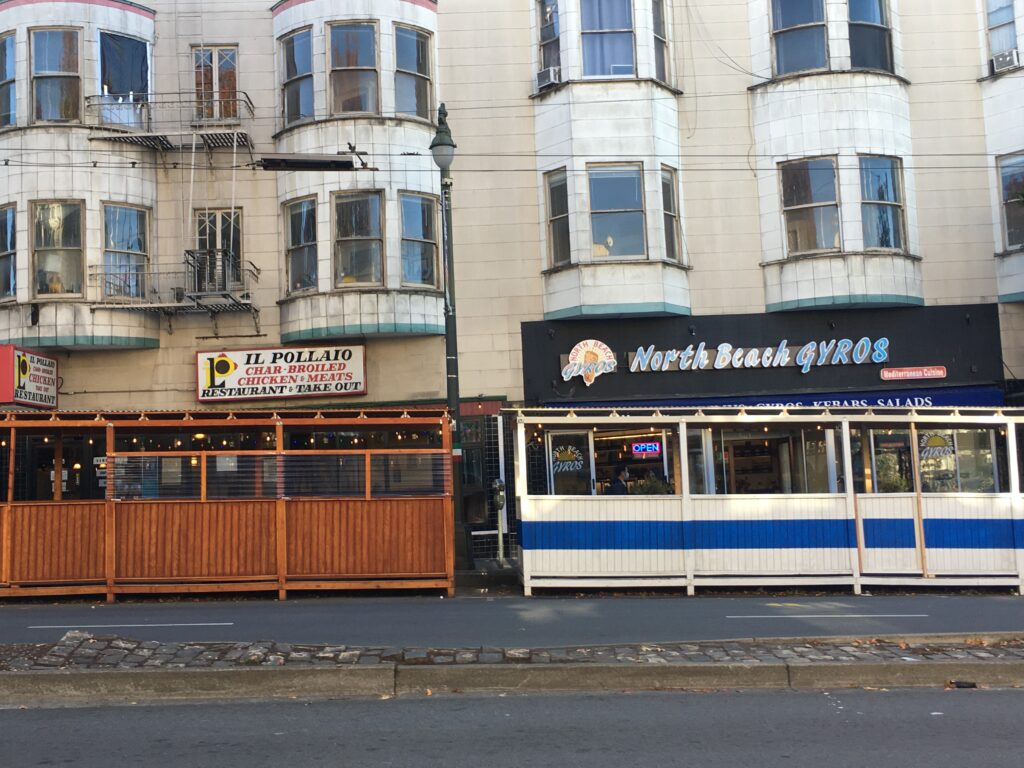
Under the purple tier in the four-tiered reopening plan used to loosen and tighten restrictions on activity, there are more than 7 cases per 100,000 people and have positivity rates about 8%. Counties under the red tier report between 7 to 4 cases per 100,000 people and have positivity rates between 5%-8%. Under the orange tier, 1 to 3.9 daily cases are reported with positivity rates between 1-3.9. Under the yellow tier, less than 1 case per 100,000 people are reported and positivity rates of less than 2%.
“We all need to do our part, now more than ever, to stop the spread of COVID-19,” Mayor Breed said.
“That means doubling down on the things we’ve all been doing: wearing a mask, keeping your distance from others, not gathering with people outside your household, and washing your hands frequently.”
The press as well as community members reported hypocrisy for Breed’s recent dining at the famed Napa Valley restaurant, French Laundry.
“London Breed’s French Laundry dinner would have certainly violated health rules in SF, which didn’t allow restaurants to seat groups larger than 6 unless everyone lived together,” read an article by the San Francisco Chronicle. “Three days after the Breed banned indoor dining altogether.”
California Governor Gavin Newsom faced criticism as well after it was revealed that he and 11 other guests celebrated the birthday of a lobbyist, Jason Kinney, at the French Laundry in early November. A CNN report shared a video of his apology: “I need to preach and practice, not just preach.”
On Sunday, California recorded 7,415 COVID-19 hospitalizations. On Monday, Newsom warned that California ICUs can hit 78% capacity by mid-December, reported the LA Times. On that same day, California broke the single day record for Coronavirus cases: 21,848.
San Francisco Mayor London Breed, during a press conference with Dr. Grand Colfax (MD), Director of Health for the City and County of San Francisco, said that there is a crisis concerning the San Francisco Municipal Transportation Agency, which is facing a deficit of over $200,000.
Closing the deficit may require laying off 18% to 22% of the SFMTA’s workforce, she said. Breed expressed concern for the gutting of an essential service and the mechanics, machinists, and drivers who would lose their jobs, needed to provide for their families.
Breed made promises of emergency government funding to support the public transportation system and grants to support non-profit and charitable organizations. She also exhorted community members to serve and give to such institutions, including the food bank, which distributes food to community members.
One non-profit charitable organization she helped promote included the Mission Food Hub, which launched in the May of 2020 with the stated purpose of providing 7,000 families in the Mission neighborhood who have been affected by COVID-19. Mission Food Hub founder and director Roberto Hernandez said that the Mission has been “ground zero” for the pandemic in San Francisco and the Bay Area.
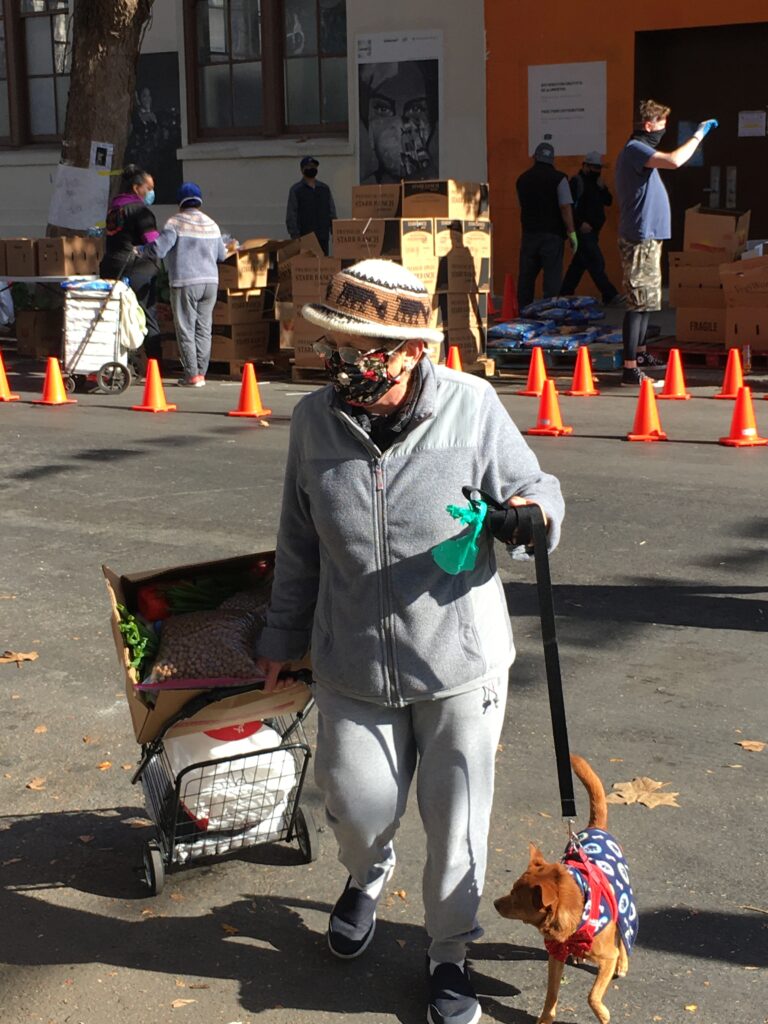
Describing life for Mission residents, Hernandez said that people have been six months behind in rent because they have not been able to work. “Our people are not homeowners. Most of them are minimum wage earners. They don’t have retirement accounts or their own properties, so the health impact and the mental health impact on our community is huge.”
Babysitters, restaurant workers, and hotel workers were common occupations of community members who have lost their jobs due to the devastation of those industries since the beginning of the pandemic in March 2020. Such people who have been affected by the economic fallout end up queuing for groceries to feed themselves and their families.
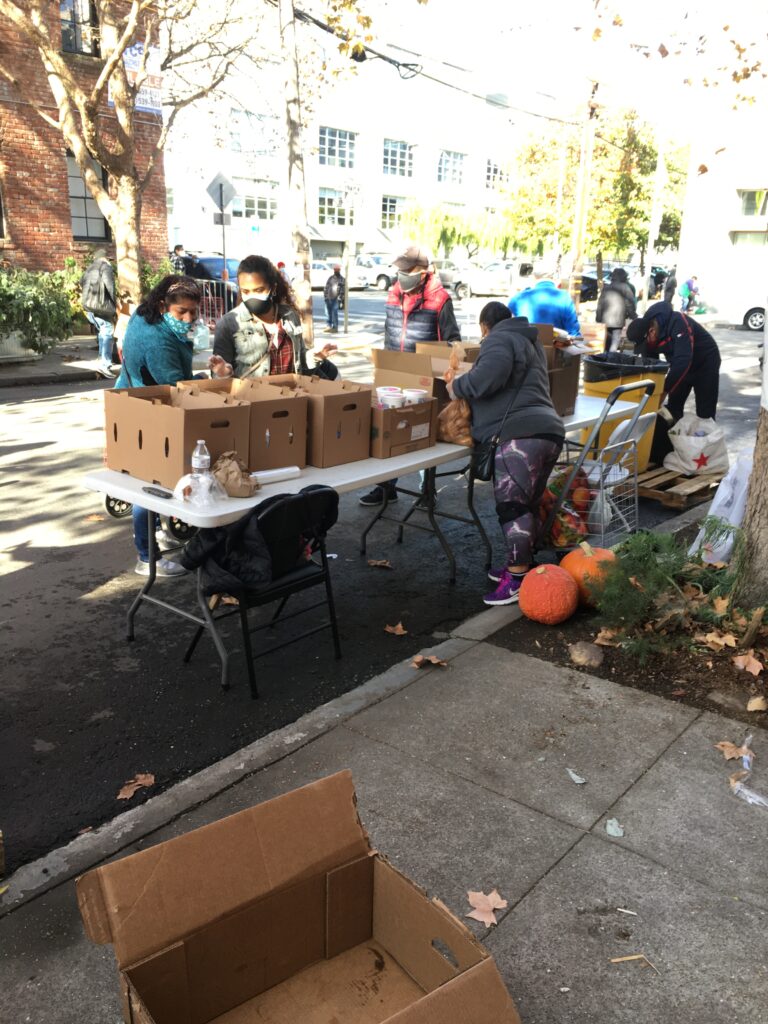
Dr. Colfax said that in the past three weeks, positive COVID cases have tripled and that the City of San Francisco has seen “more virus circulating than ever before,” having passed more than 16 cases per 100,000 persons on November 22.
“This virus is moving fast. Things can change quickly. We have a long road ahead of us and a lot of tough choices to make,” Breed said.

